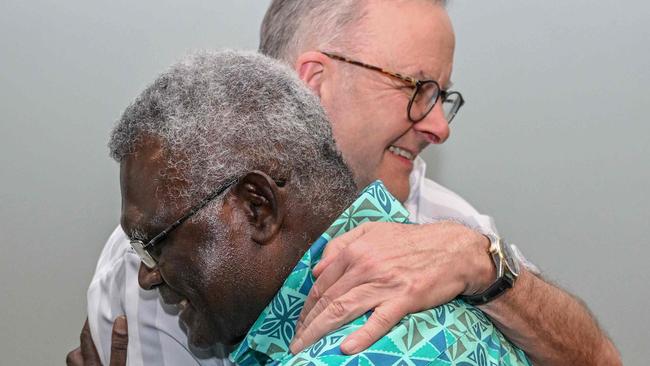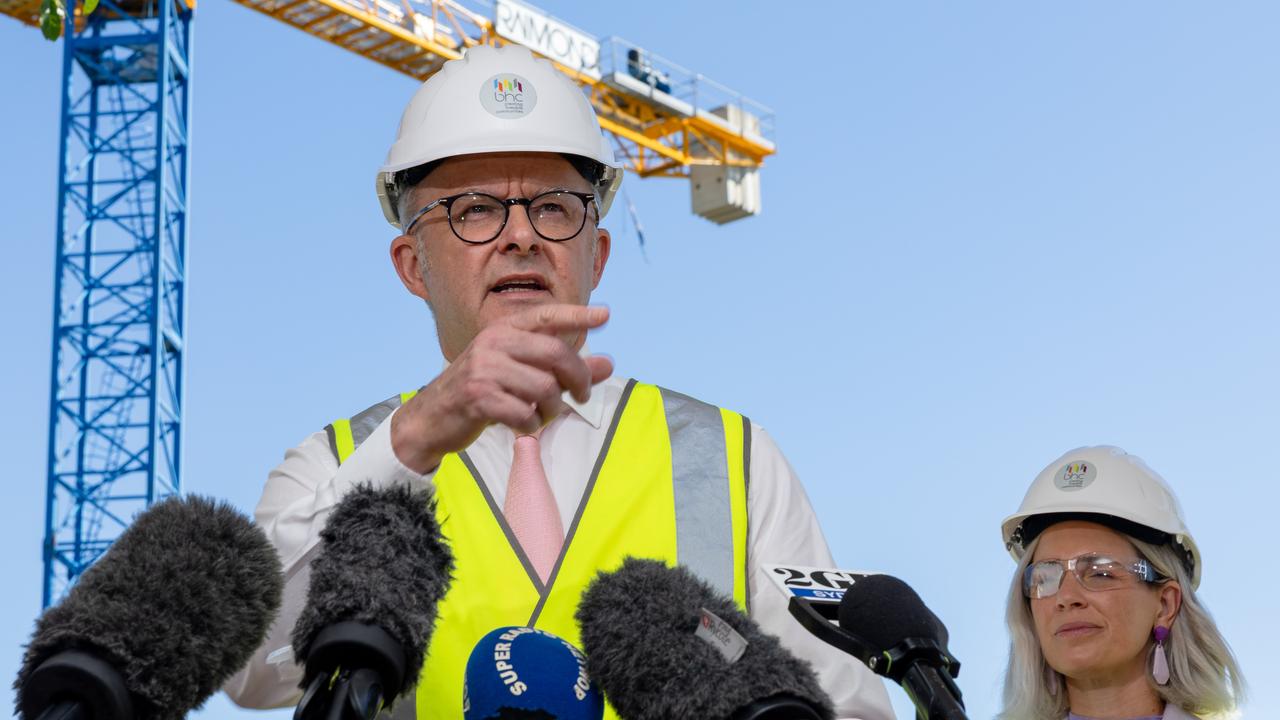Aid map: Australia No 1 donor to the Pacific but China is being more strategic
Australia cements itself as the Pacific partner of choice while China’s aid decreases, becomes more politically targeted.

The Covid-19 pandemic has cemented Australia’s role in the Pacific as the financial partner of choice – contributing nearly 40 per cent of the region’s aid since 2008 – but experts say China’s smaller, more targeted strategy doesn’t mean it’s a less effective player.
The Lowy Institute’s latest Pacific Aid Map reveals the Pacific Islands received more than $40bn in government aid between 2008 and 2021, with Australia the largest donor (US$17bn) followed by the Asian Development Bank (US$4.1bn), China (US$3.9bn), Japan (US$3.5bn) and New Zealand (US$3.2bn).
In 2021 at the height of Covid-19, a record US$4.8bn in grants and loans were made to the Pacific but China’s contribution fell to US$241m, down from a pre-pandemic historical average of US$285m per year.
Pacific Aid Map project director Alexandre Dayant said the average size of Chinese-funded projects had decreased from US$40m just after the Belt and Road Initiative was announced a decade ago to US$5m in the past few years.
“In the Pacific there’s a limited number of bankable projects available. It looks like Australia is aiming to crowd out the infrastructure development space in the Pacific by providing large infrastructure projects to the region (through the Australian Infrastructure Financing Facility for the Pacific),” Mr Dayant said.
“The fact Chinese aid is going down in the Pacific doesn’t mean China is going anywhere, if anything China is playing more tailored cards with its resources.”
Mr Dayant said the pandemic “confirmed Australia in its position as development partner of choice” in the Pacific, with data showing it was not just the partner of choice in “normal times” but also during a crisis.
The road map finds China’s financing has gone from “loud and brash” to a self-styled strategy of “small and beautiful”, ushering in a new trend of downsized, more politically targeted aid.
China’s aid is primarily directed to countries with whom it has official diplomatic relations.
“Because China only provides Official Development Finance to a subset of Pacific countries, it can play an outsized role in these countries that belies its moderate share of total regional financing. For instance, China accounted for nearly 20 per cent of ODF in Cook Islands, Samoa, Tonga, and Vanuatu, where Beijing has become the second-largest source of development funding,” the report states.
“Nonetheless, in no Pacific country has China been the leading source of ODF over the period analysed. By contrast, Australia is the leading source of ODF for nine Pacific countries, the United States for the three Compact states, and New Zealand for its two Realm territories.”
Australia has become the leading source of loans amid elevated debt sustainability risks in the Pacific, with warnings Australia would have to tread carefully.
Loans to Pacific countries are on the rise while grants remain relatively stagnant.
“Loans were not really part of our aid programs in the past and now we’re seeing Australia is one of the major source of loans in the Pacific,” Mr Dayant said.
“We’re providing a lot of loans to support the budget of Pacific Island countries but also for infrastructure purposes.”
Infrastructure investments in the Pacific Islands now make up more than a fifth (21 per cent) of all aid investments and the AIFFP, which has been operating since 2019, had committed more than $784m in concessional infrastructure projects by 2022.



